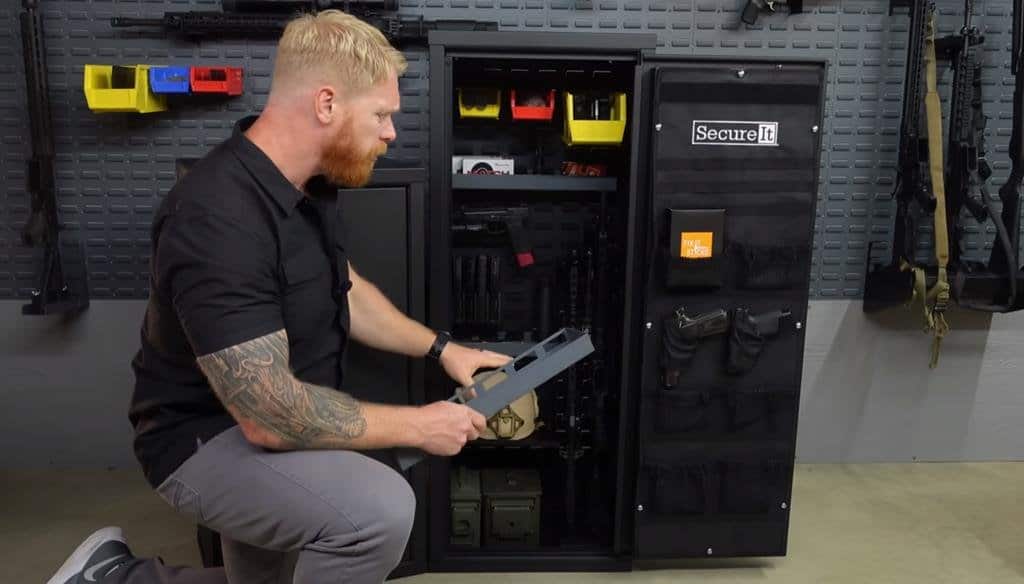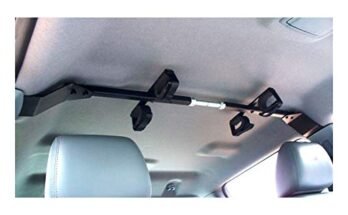Exploring the Option: Can I Secure a Rifle Safe to the Floor or Wall?
The ownership of firearms carries a responsibility not only for their proper usage but also for ensuring their secure storage. Rifle safes, designed to provide a fortified barrier against theft, often come equipped with the option to be anchored to the floor or wall. This article aims to delve into the necessity of securing a rifle safe in this manner, the benefits it offers, and the methodologies involved in the anchoring process.
Understanding the Importance:
1. Theft Deterrence:
One of the primary reasons to anchor a rifle safe is to deter theft. An unsecured safe, regardless of its weight, can be vulnerable to theft attempts. Anchoring it to the floor or wall adds an extra layer of security, making it significantly more challenging for burglars to gain unauthorized access or remove the safe from the premises.
2. Enhanced Stability:
Anchoring a rifle safe ensures its stability within the chosen location. This is particularly important during seismic events, such as earthquakes, which can lead to the shifting or tipping of unsecured safes. Securing the safe to a fixed surface minimizes the risk of it being dislodged or moved during such occurrences.
3. Compliance with Insurance Requirements:
Some insurance providers may recommend or require the anchoring of safes as part of their coverage policies. By adhering to these recommendations, firearm owners may not only enhance the security of their valuables but also meet specific criteria that can contribute to reduced insurance premiums.
Determining the Necessity:
1. Factors Influencing Necessity:
The necessity of anchoring a rifle safe can depend on various factors. These include the weight and size of the safe, the location within the home, and the potential for seismic activity in the region. While smaller safes may be more susceptible to theft attempts, larger safes may benefit from anchoring to prevent tipping.
2. Floor vs. Wall Anchoring:
The decision to anchor a rifle safe to the floor or wall may depend on the specific circumstances. Floor anchoring is often preferred for larger and heavier safes, providing a more robust foundation. Wall anchoring, on the other hand, may be suitable for smaller safes or cases where floor anchoring is not feasible.
Methodologies of Anchoring:
1. Floor Anchoring:
- Pre-Drilled Holes: Many rifle safes come with pre-drilled holes in the bottom. Use these holes to secure the safe to the floor.
- Anchor Bolts: Secure the safe to the floor using anchor bolts. These bolts are typically included with the safe or can be purchased separately.
2. Wall Anchoring:
- Pre-Drilled Holes: Some safes have pre-drilled holes in the back or sides for wall anchoring. Align the safe with the chosen location and use appropriate screws or bolts to secure it to the wall.
- Wall Mounting Kits: Manufacturers may offer wall mounting kits designed specifically for their safes. These kits typically include brackets and screws for secure wall anchoring.
Conclusion: Making the Secure Choice
In conclusion, the decision to secure a rifle safe to the floor or wall is a proactive step toward enhancing its security and stability. While the necessity may vary based on factors like size, weight, and geographical location, the benefits of theft deterrence, enhanced stability, and potential insurance incentives make anchoring a worthwhile consideration for firearm owners. The methodologies involved in anchoring, whether to the floor or wall, are generally straightforward and can be facilitated with the appropriate tools and equipment. By taking this additional measure, firearm owners not only protect their investment but also contribute to the broader effort of responsible firearm ownership.
Related Post:
Navigating Compliance: Do Multi-Handgun Safes Adhere to Firearm Storage Regulations?
Ensuring Security: Can I Mount a Multi-Handgun Safe Securely?
Exploring Capacity: How Many Handguns Can a Typical Multi-Handgun Safe Accommodate?



